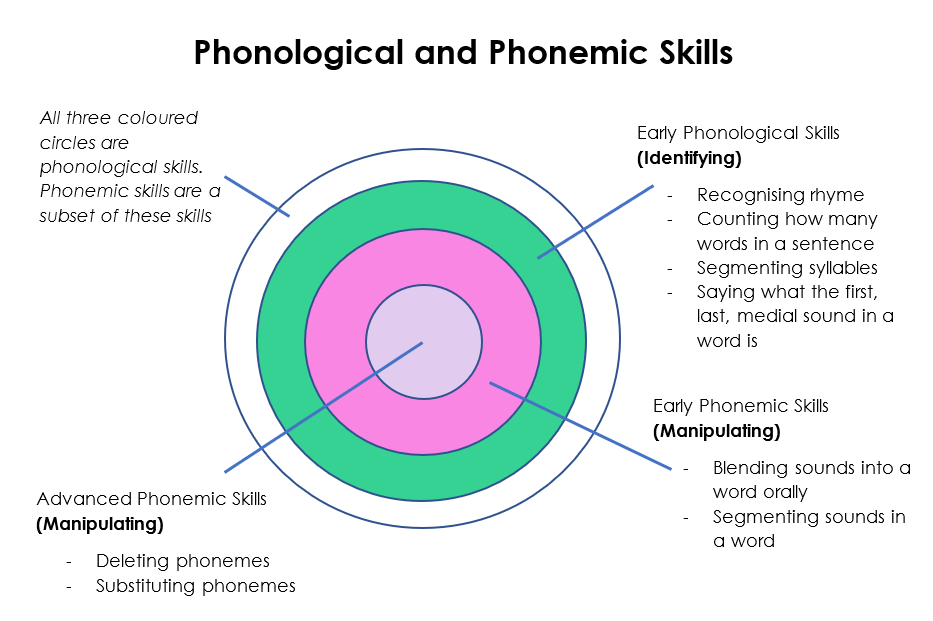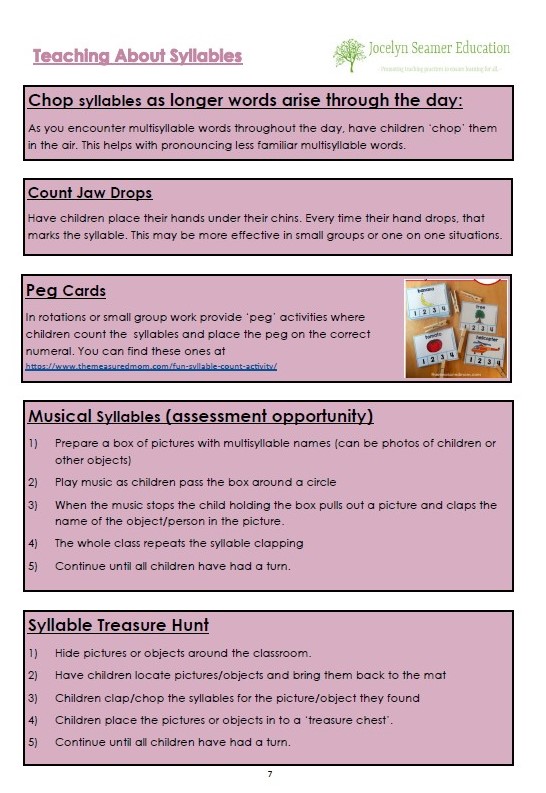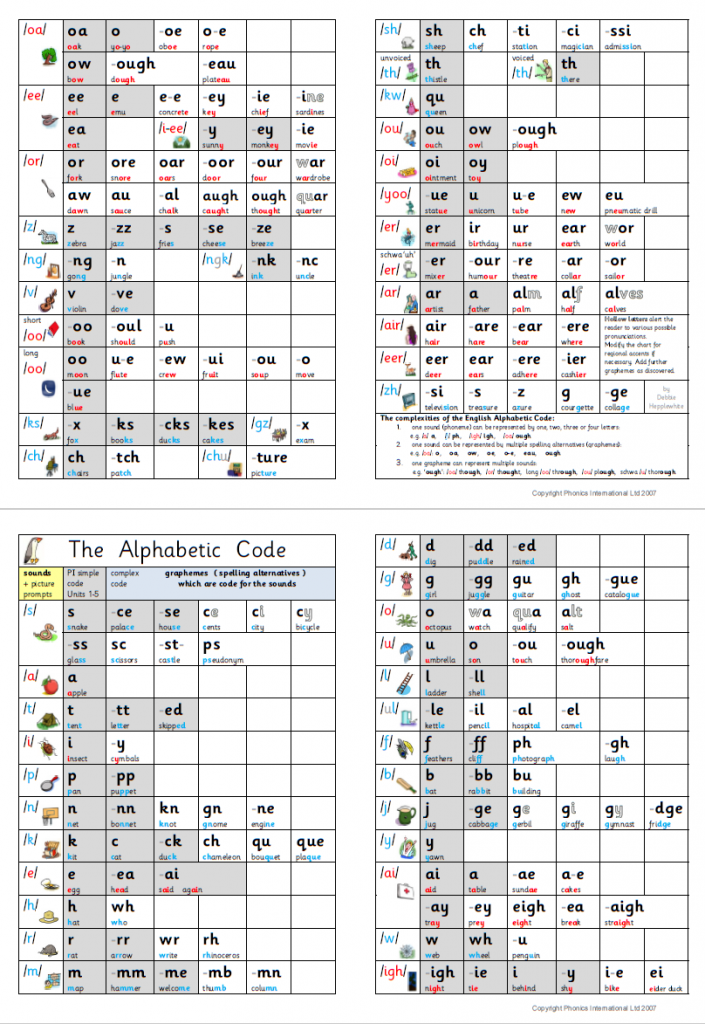The Three Ps - Don't Mix Them Up!

Even as I write this post I am aware of the irony of the title – using the letter name rather than the phoneme in a post all about phonemes! (But, the title was just too good to not use and I am prepared to live with this particular irony.)
There are three concepts that sometimes trip up the most seasoned professionals in teaching.
- Phonological Awareness
- Phonemic Awareness
- Phonics
It is important to understand the difference between the three because there are considerable implications for teaching when we have a clear picture of the place of all three.
Phonological and Phonemic Awareness
Phonological awareness is a broad skill that includes identifying and manipulating units of oral language – parts such as words, syllables, onsets and rimes and phonemes (sounds). The deciding factor between whether a skill is an early phonological skill or a phonemic skill is whether the student is being asked to identify or manipulate the part of the word. All phonological and phonemic work is done orally, but the introduction of phonics does make these skills easier to learn.

Implications for Teaching - 1
Early phonological skills start to develop from 4 years old. By the time children enter their first formal year of schooling I would expect them to be able to clap syllables and identify the sound that their name starts with. A good quality preschool program will support the development of these skills in a way that is developmentally appropriate but also intentional in the teaching.

Implications for Teaching - 2
The Early Phonemic skills of blending and segmenting phonemes are critical for children to be able to read and spell. Blending enables children to connect phonemes and decode words and segmenting allows for encoding – or isolating the sounds in order to write them down.
Implications for Teaching - 3
One of the ways to build orthographic mapping (or the knowledge we hold in our long term memories for children to develop sight recognition of words for fluency) is to build strong advanced phonemic skills. This is seen when children can tell that you that ‘stop without the /s/ is top’ and if you ‘replace the /t/ in stop with an /l/ your new word is slop’. These skills are much easier to acquire once children have developed sound phonics knowledge and there is a definite interplay between the two areas.
The Last P is for Phonics
Phonics involves linking phonemes (the sounds of a language) with the graphemes (letters or groups of letters) that represent them. There are 44 phonemes in Australian English and teachers need to know how to teach children about all 44 of them, not just the 26 letters of the alphabet. Phonics is sometimes also confused with phonology which is the study of the sounds of a language. The word 'phonogram' is sometimes used instead of grapheme.

Implications for Teaching - 5
Knowing how to teach phonics is crucial. There are a few characteristics of great phonics teaching, thtn when used well, will maximise your students’ learning. You can read more about that here.
Essentially, phonics teaching must be
- systematic
- explicit
- cumulative
- applied by teaching blending and segmenting as reciprocal processes
- linked to the use of decodable texts.
Phonological Awareness, phonemic awareness and phonics are three concepts that must be well understood in order to teach reading well. Mixing these terms up or even using them interchangeably means that we are disadvantaging students and interrupting what can be a straightforward process of reading instruction.
To find out more about systematic reading instruction, download the free guide, 'How to Teach Reading in the First Year of School' below.


 Jocelyn Seamer Education
Jocelyn Seamer Education
2 comments
Leave a comment